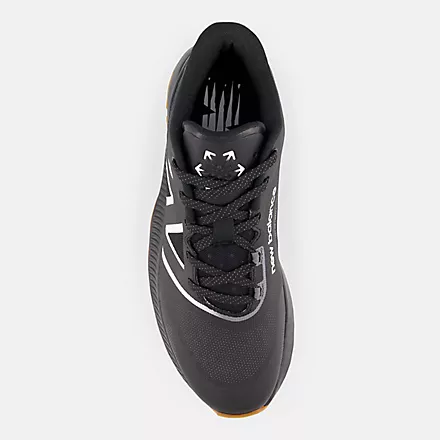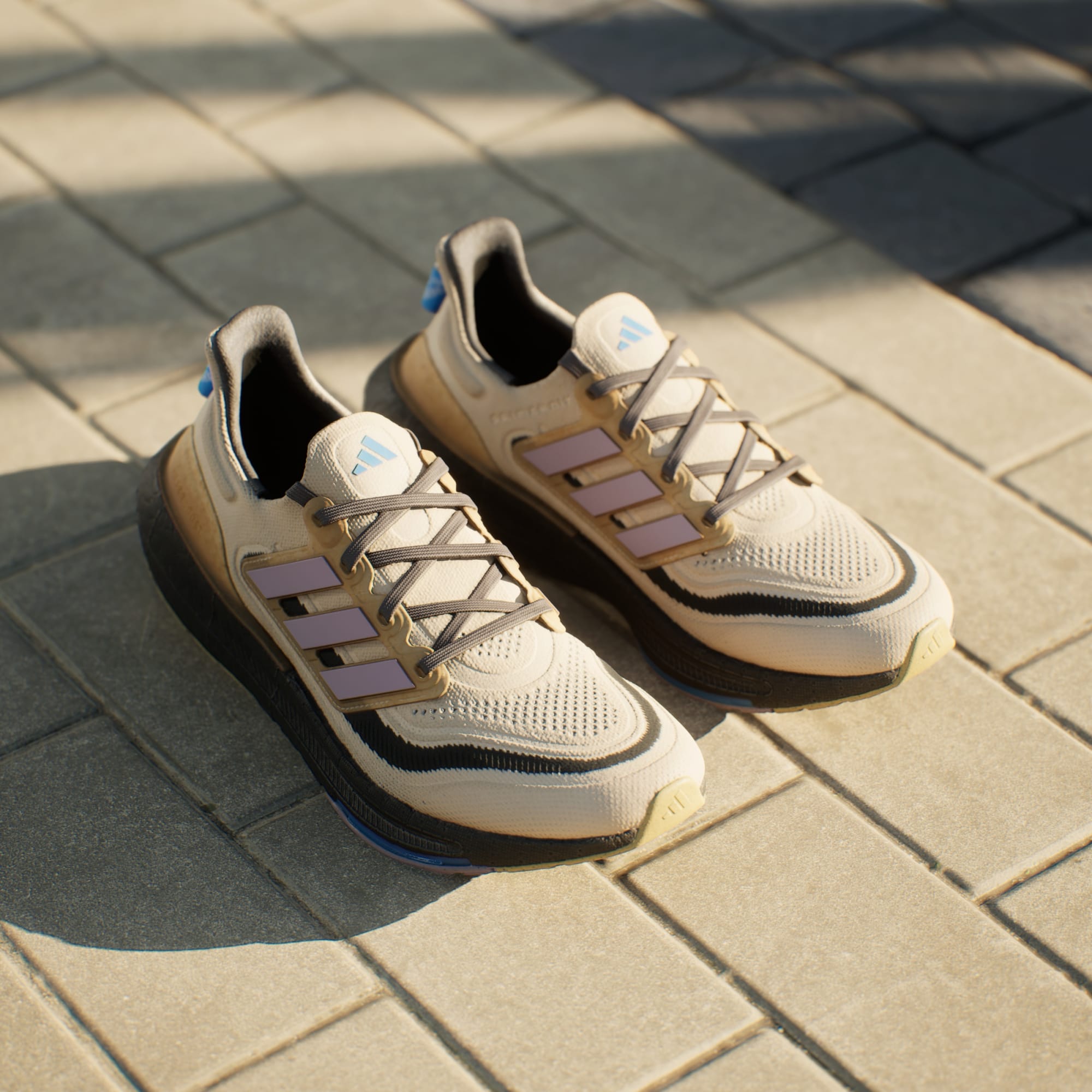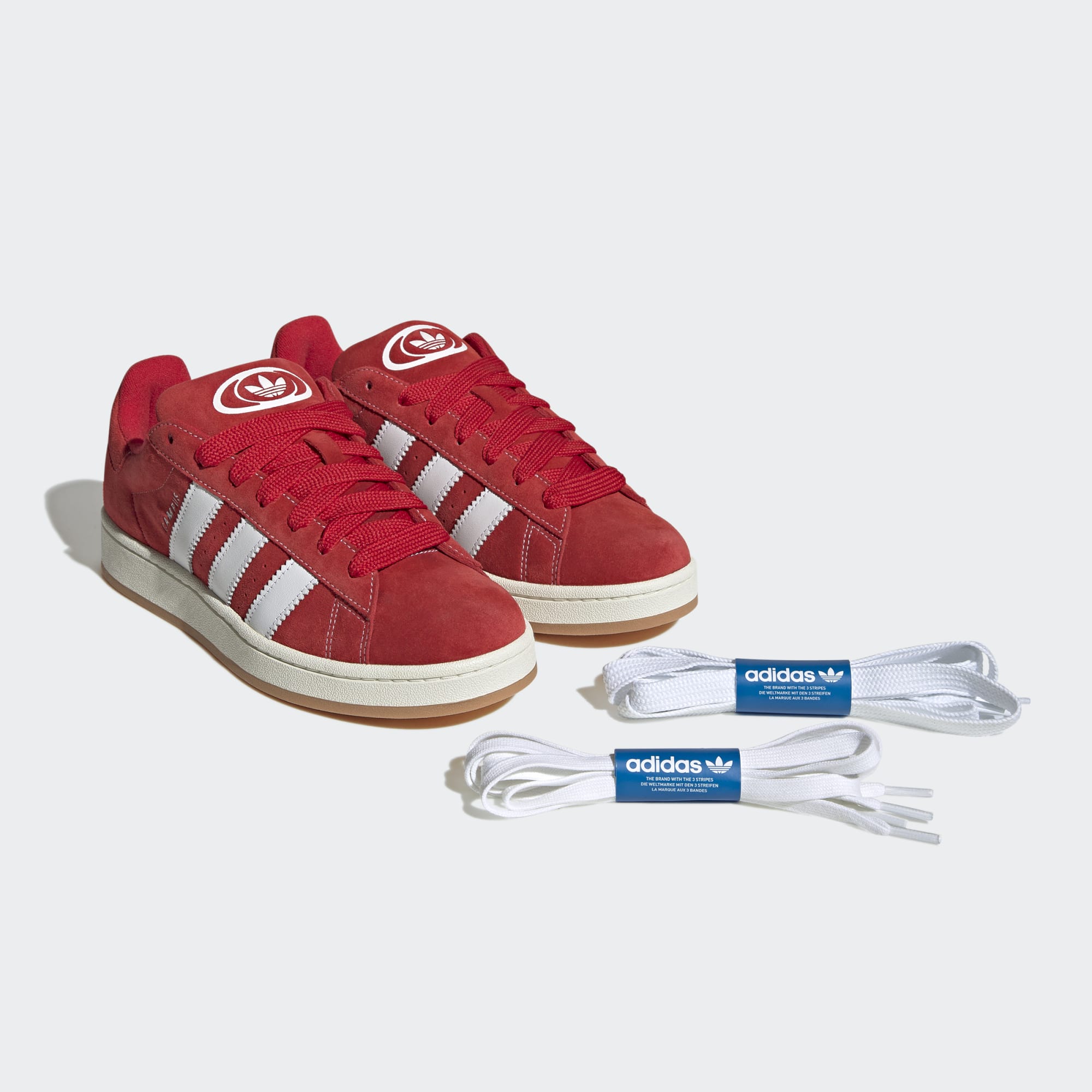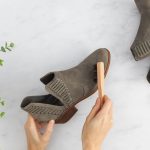To find the right boot size, measure the length and width of your foot accurately. Ensure there is ample toe room and minimal heel slippage for a comfortable fit.
Different brands and styles may vary in sizing, so trying on boots in-store is recommended to find the perfect fit. Remember, comfort and proper fit are essential for happy feet on any adventure or workday.
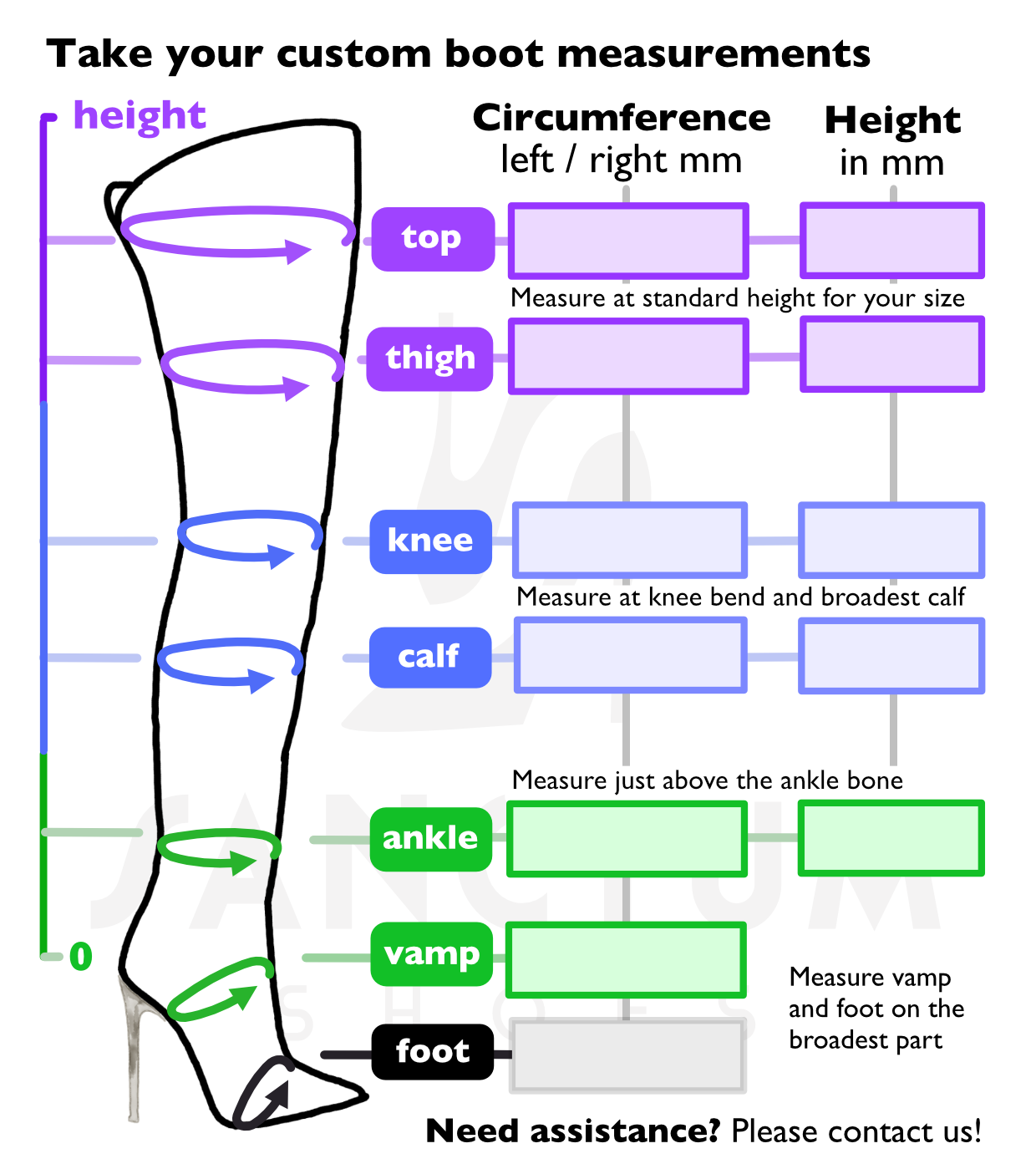
Credit: www.shoebidooshoes.com
Introduction To Finding The Right Boot Size
To find the right boot size, measure the length and width of your foot accurately. Ensure your toes have room to wiggle without touching the front. Different brands may vary in sizing, so refer to specific size guides for a comfortable fit.
Finding the right boot size is crucial for comfort and performance. Wearing ill-fitting boots can lead to blisters, foot pain, and even injury. Many people assume that their boot size is the same as their shoe size, but this is not always the case. In this article, we’ll explore the importance of proper boot fit, common misconceptions about boot sizing, and tips for ensuring you get the right size for your feet.
Importance Of Proper Boot Fit
Wearing boots that fit properly is essential for comfort, support, and safety. A good fit will prevent your feet from sliding around inside the boot, which can cause blisters and discomfort. It will also help to distribute your weight evenly across your foot, reducing the risk of injury. A properly fitting boot should feel snug around the heel and arch, but not too tight. Your toes should have some wiggle room, but not be able to move around too much.
Common Misconceptions About Boot Sizing
One of the biggest misconceptions about boot sizing is that your boot size is the same as your shoe size. While this may be true for some brands, it’s not always the case. Different brands and styles of boots can have different sizing charts, so it’s important to measure your foot and refer to the manufacturer’s sizing chart before making a purchase.
Another common misconception is that you should buy boots that are a little too big to allow for thicker socks or extra room. However, this can actually lead to more foot movement and discomfort, which can cause blisters and other issues.
Tips For Ensuring Proper Boot Fit
To ensure you get the right size boot, follow these tips:
- Measure your foot length and width with a tape measure or ruler
- Refer to the manufacturer’s sizing chart
- Try on boots with the socks you plan to wear while wearing them
- Walk around in the boots to make sure they’re comfortable and don’t rub anywhere
- Check that your toes have some wiggle room, but aren’t sliding around inside the boot
By following these tips and taking the time to find the right size boot, you can ensure that your feet stay comfortable and supported, no matter what activities you’re doing.
Initial Steps To Determine Your Boot Size
To determine your boot size, start by measuring the length of your foot to find your base size. Then, measure the width of your foot across the widest part and find your corresponding width in your shoe size. Remember, your boot size may vary between different brands and types, so it’s essential to consider both length and width for a comfortable fit.
Tools Required For Measuring Your Foot
Prepare a ruler, a piece of paper, tape, and a pen.
Step-by-step Guide To Measuring Foot Length And Width
- Place the piece of paper on a flat surface.
- Stand on the paper with your heel against a wall.
- Mark the farthest point of your foot on the paper.
- Measure the distance from the edge of the paper to the mark for foot length.
- Repeat the process for foot width at the widest part.
Understanding Boot Size Charts
Understanding Boot Size Charts is crucial when it comes to finding the right fit for your feet. Boot size charts provide essential measurements and guidelines to help you determine the correct boot size for your unique foot shape and size. By understanding how to read boot size charts and comparing different brand size charts, you can ensure a comfortable and proper fit for your boots.
How To Read Boot Size Charts
Boot size charts typically include measurements for foot length and width. To read a boot size chart, locate your foot length and width measurements and match them with the corresponding boot size. It’s essential to follow the specific instructions provided by the brand or manufacturer to accurately interpret the size chart.
Comparing Different Brand Size Charts
When comparing different brand size charts, it’s important to note that sizes may vary between brands. Take the time to review the size charts of various brands and compare your foot measurements with their respective size recommendations. This process can help you identify any discrepancies and make an informed decision when selecting the right boot size.
Factors Affecting Boot Fit
To find the right boot size, consider the length and width of your foot. Allow space for toes to move comfortably and ensure a snug fit without pressure. Different brands and types of boots may require varying sizes due to individual foot shape and size differences.
Factors Affecting Boot Fit Finding the right boot size is essential for comfort and performance. Several factors can impact the fit of a boot, including the material it’s made of and the style of the boot.
Impact Of Boot Material On Fit
The material of the boot plays a significant role in how it fits. Leather boots tend to stretch and mold to the shape of the foot over time, while synthetic materials may not offer as much give. Additionally, waterproof boots often have less flexibility than non-waterproof ones.
How Boot Style Influences Size And Comfort
Different boot styles can affect both the size and comfort. Western boots may have a different fit than hiking boots due to their unique designs. Ankle boots may require a different size than knee-high boots due to the varying shaft heights. Understanding the impact of boot material and style on fit can help you choose the right boot size for your needs.
Checking Fit In Store Vs. Online Purchases
Finding the right boot size is crucial for comfort and performance. Whether you’re trying boots in store or making an online purchase, ensuring the perfect fit is essential. Here are some valuable insights to help you make the right decision.
Tips For Trying Boots In Store
When trying boots in store, follow these tips to ensure the perfect fit:
- Measure your feet: Get an accurate measurement of both feet as they can vary in size.
- Try different sizes: Don’t assume your regular shoe size will fit in all boots. Experiment with various sizes to find the best fit.
- Wear suitable socks: Wear the socks you would normally wear with the boots to ensure a proper fit.
- Walk around: Take a few steps and assess the comfort and fit of the boots. Ensure there is no pinching or discomfort.
Guidelines For Buying Boots Online
When purchasing boots online, consider the following guidelines to ensure the right fit:
- Consult size charts: Check the brand’s size chart and measure your foot according to their guidelines.
- Read customer reviews: Look for feedback on sizing from other customers to determine if the boots run true to size.
- Check return policy: Ensure the online retailer has a flexible return policy in case the boots don’t fit as expected.
- Consider adjustable features: Look for boots with adjustable features such as laces or straps for a customizable fit.

Credit: m.youtube.com
Adjustments For Optimal Fit
Ensure a perfect boot fit by measuring foot length and width accurately. Avoid tightness or excess space to find the right size for optimal comfort. Remember, foot sizes can vary among different brands and styles.
Adjustments for Optimal Fit Selecting the Right Socks When choosing the right boot size, the type of socks you wear can significantly impact the fit. Opt for moisture-wicking socks that are seamless and provide cushioning in key areas. These socks will help prevent blisters and provide a snug, comfortable fit.
Using Insoles for Better Support Insoles can enhance the fit of your boots by providing additional support and cushioning. Consider using gel insoles for added comfort or orthotic insoles for extra arch support. Ensure that the insoles do not make the boots too tight, but rather enhance the fit and provide the necessary support for your feet.
When it comes to finding the right boot size, making these adjustments for optimal fit is crucial for ensuring comfort and preventing foot-related issues. By selecting the right socks and using insoles, you can achieve a personalized fit that caters to your specific foot shape and support needs.
Troubleshooting Common Fit Issues
When it comes to finding the perfect boot size, fit issues can sometimes arise. Here are some common problems and their solutions:
Solutions For Too Tight Or Too Loose Boots
- Too Tight: If your boots feel too tight, try wearing them around the house with thick socks to stretch them out.
- Too Loose: To fix loose boots, consider using insoles or thicker socks for a snugger fit.
What To Do If Boots Slip At The Heel
- Check Lacing: Ensure the boots are properly laced to provide a secure fit around the ankle and heel.
- Heel Grips: Consider using heel grips or inserts to prevent slipping and improve overall comfort.

Credit: cg.techsolutions.co.mz
Maintenance To Preserve Ideal Boot Fit
To maintain the ideal fit of your boots, it’s crucial to find the right size. Measure the length and width of your foot, ensuring space for your toes to move comfortably. Avoid excessive pressure on the sides and make sure there’s ample room for your toes without touching the front of the boot.
Maintenance to Preserve Ideal Boot Fit Finding the right boot size is only half the battle when it comes to ensuring comfort and support for your feet. Proper maintenance is also crucial to preserving the ideal fit of your boots. In this section, we’ll cover some techniques for proper boot care and when to consider professional stretching to maintain the fit of your boots.
Proper Boot Care Techniques Taking care of your boots is essential for maintaining their quality and fit. Here are some tips for proper boot care:
1. Clean and condition your boots regularly to prevent the leather from drying out and cracking. Use a leather cleaner and conditioner that is appropriate for the type of leather your boots are made of.
2. Waterproof your boots to protect them from moisture and stains. Use a waterproofing spray or wax and follow the manufacturer’s instructions.
3. Store your boots in a cool, dry place away from direct sunlight to prevent the leather from fading and cracking.
4. Use shoe trees to help your boots retain their shape and prevent creasing.
When to Consider Professional Stretching If you’re having trouble breaking in your new boots or notice that they’re starting to feel tight or uncomfortable, it may be time to consider professional stretching. Here are some situations where stretching may be necessary:
1. If your boots are too tight in certain areas, such as the toe box or instep, stretching can help to alleviate the pressure and provide a more comfortable fit.
2. If you have wide feet or high arches, stretching can help to create more room in the boot and prevent discomfort.
3. If you’ve gained weight or your feet have swollen, stretching can help to accommodate the changes in your foot size.
4. If you’re experiencing pain or discomfort while wearing your boots, stretching may be a necessary step to prevent further damage to your feet.
Overall, proper maintenance and care of your boots can help to preserve their ideal fit and ensure long-lasting comfort and support for your feet. If you’re experiencing any discomfort or fit issues with your boots, don’t hesitate to consider professional stretching as a solution.
Frequently Asked Questions
Is Your Boot Size The Same As Your Shoe Size?
Your boot size is typically based on the length of your foot, but it may not always match your shoe size due to variations among brands and types. Width is also crucial for comfort, so consider both when selecting boots.
How Do I Find My Boot Size?
To find your boot size, measure the length of your foot to determine your base size. Then, measure the width of your foot across the widest part and find your corresponding width in your shoe size. Keep in mind that boot sizes can vary between different brands and types, so it’s important to try on boots before purchasing if possible.
Make sure there is enough space for your toes to wiggle and twist, but they shouldn’t move forward or touch the front of the boot when you walk.
How To Find The Right Size Work Boot?
To find the right size work boot, measure foot length and width accurately. Ensure toes have wiggle room and no pressure on sides. Consider brand variations in sizing.
What Is The Rule Of Thumb For Boot Size?
The rule of thumb for boot size is to have about one finger’s width of space between your longest toe and the end of the shoe. You can also check by slipping a finger between the heel of your foot and the heel of the shoe.
There should be just enough space for your finger to fit snugly.
Conclusion
Finding the right boot size is crucial for comfort and performance. By accurately measuring your foot length and width, you can ensure a proper fit. Remember to consider the specific sizing guidelines of different boot brands for the perfect match.
Don’t forget, a well-fitted boot can make all the difference!


